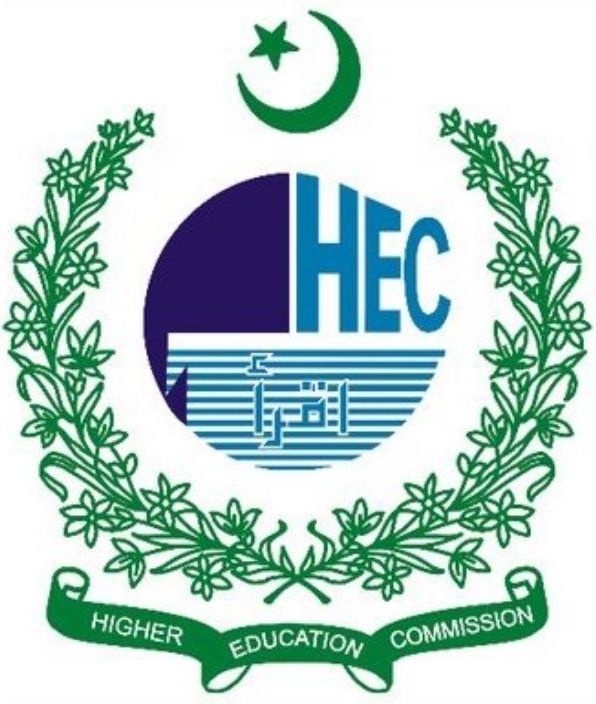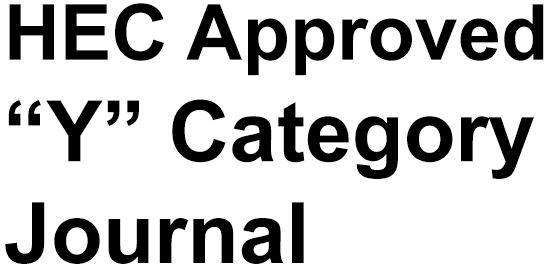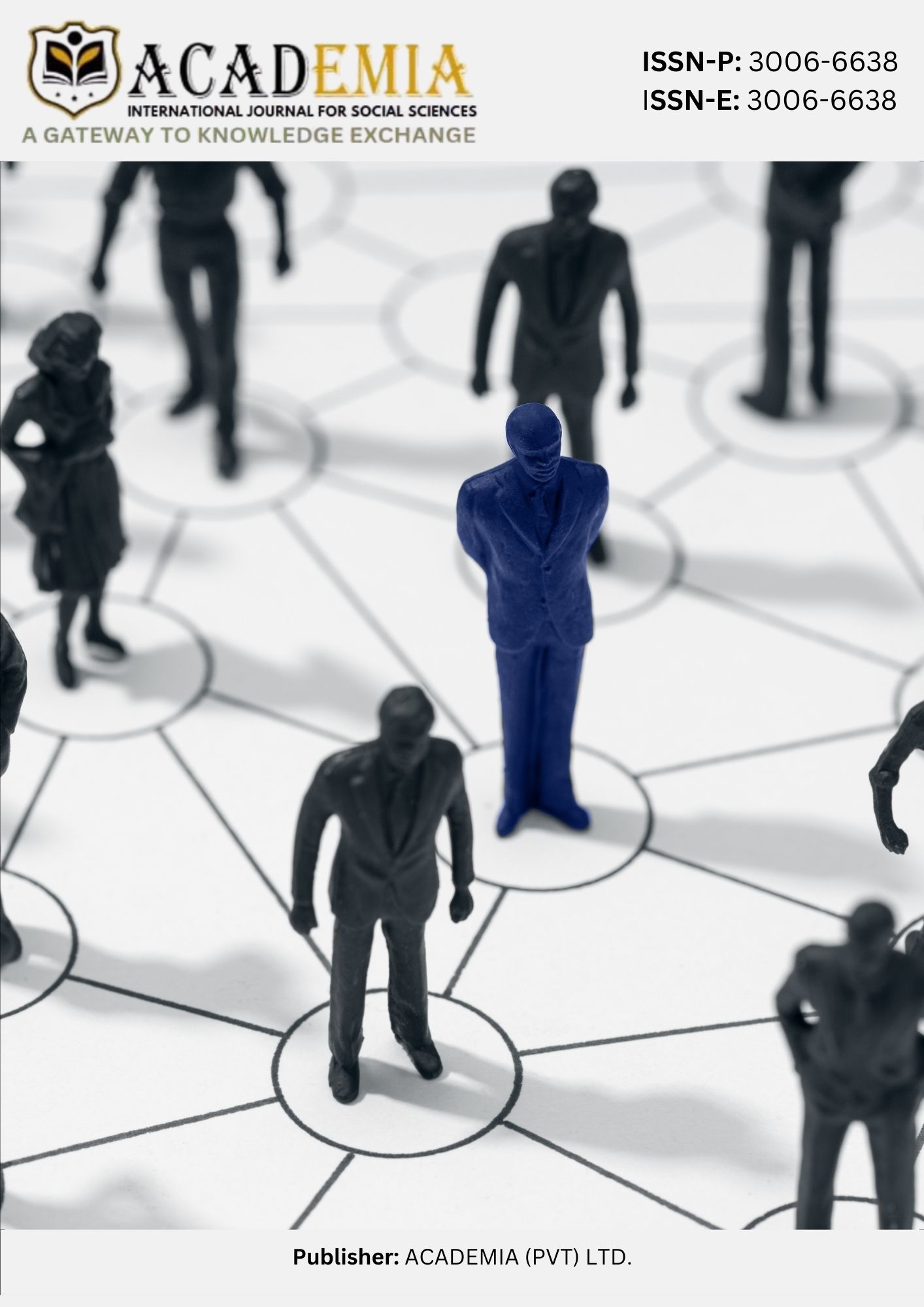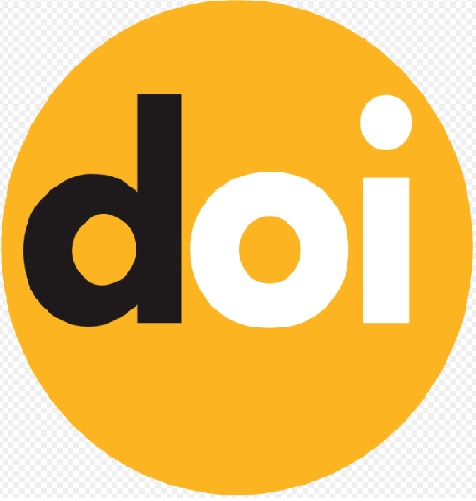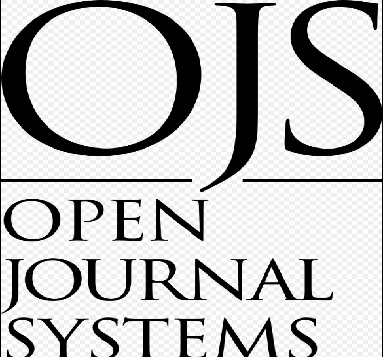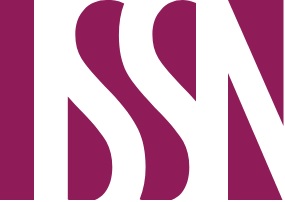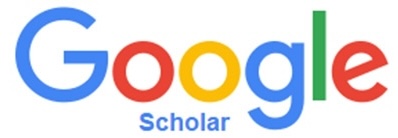Reimagining the Gothic Genre in Postmodern Literature Themes of Isolation, Technology, and Decay
DOI:
https://doi.org/10.63056/ACAD.004.03.0479Keywords:
Decay, Gothic literature, Isolation, Postmodernism, Technology, Thematic analysisAbstract
This paper examined the way the postmodern literature has in effect reinterpreted Gothic form by incorporating an element of isolation, technology and decay to echo on modern anxieties. According to the results obtained after analyzing the thematic backgrounds of the books, House of Leaves (Danielewski), Oryx and Crake (Atwood), Neuromancer (Gibson), Annihilation (VanderMeer) and The Road (McCarthy), isolation in the selected novels was not just the impossibility of physical communication but the development of psychological and existential isolation. Technology was not only presented as tool but as a creator of terror and obfuscation in moral corridors and wonderings up the date that lie between people and technology. Rot became a literal and figurative theme, representing an ecological collapse, moral decay, and change of flesh. When united together, postmodern Gothic stories present the overreliance of society on technology and express the fear of the breakdown of the environment and integrity. All these findings help to suppose that the modern Gothic literature can be seen as a kind of cultural mirror which reflects modern fears of alienation, technological dominion, and ecological crisis. This study is relevant in the field of Gothic research since it demonstrates how the conventions of horror have been modified to highlight contemporary global problems in the 21 st century. It is proposed that in future research cross-cultural attitudes and the reactions of readers towards such developing Gothic themes be further examined in terms of their mental and social applications.
Downloads
Published
Issue
Section
License
Copyright (c) 2025 Asma Masood , Huma , Mohsina Afzal, Maimoona Sajjad , Francesco Ernesto Alessi Longa (Author)

This work is licensed under a Creative Commons Attribution 4.0 International License.


